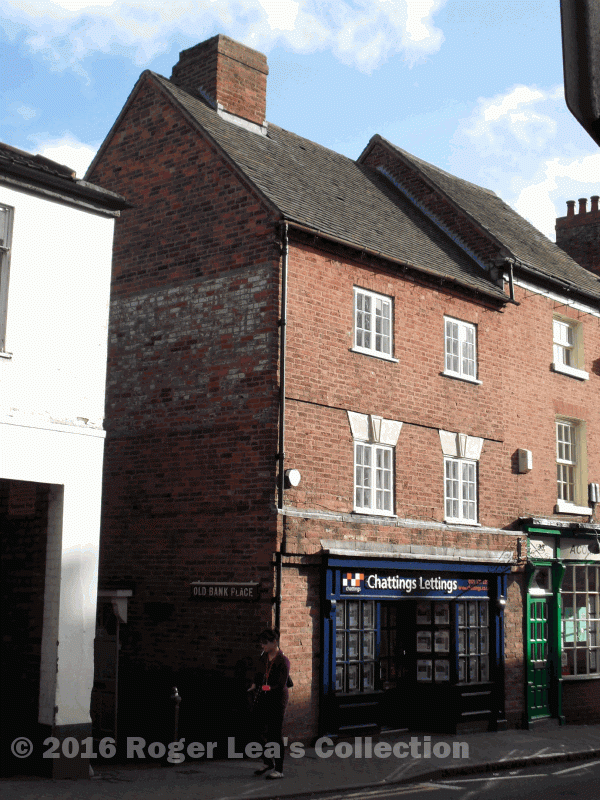Sometimes people needed a loan long before there were banks ready to advance money. In those pre-banking days you could usually find a neighbour willing to lend, and the loan would be recorded at the local court. The minor court at Sutton was held every three weeks, and most of its business was to hear pleas of debt, which effectively recorded loans that were still outstanding. The earliest surviving court roll is of the minor court at Sutton held on October 20th 1416, when thirteen pleas of debt were heard.
These court records, which continue well into the nineteenth century, give names but no details of the loans. The probate records of the seventeenth century are more informative - when someone died, probate would only be granted on production of a list of the deceased person’s assets, valued by competent neighbours. Jane Pearsall’s goods, a widow who died in 1694, were valued at £14 10s., her bed being worth £2.10s., while the remaining £12 was money owed to her. John Haden’s goods were worth £27, but he had a further £21 owed to him, while Robert Pickerill, whose goods were worth £43, died owing £51 to his creditors. Edward Bennett, a rich yeoman who died in 1691, had £410 “due upon bond”, classified into £328 “sperate” or hopeful debts likely to be repaid, and £82 “desperate” debts - high risk loans. (A pound in 1680 would buy over £100 worth of today’s goods.) The probate records show that about half of the inhabitants of Sutton were either borrowers or lenders in the seventeenth century.
Sutton had to wait until August 1st 1864 for its first bank, when Miss Lloyd opened a branch of the family bank at 24 High Street. This was noted by Sarah Holbeche in her diary, and another note four years later tells us that her nephew Aemilian Holbeche had been taken on as a banker’s clerk by Lloyds and Co. at a salary of £40 per annum. Lloyds, which had been a family concern, was formed into a company in 1865.
